Allen Williams - Korean Conversations Book 2: Fun Korean Language Learning
Here you can read online Allen Williams - Korean Conversations Book 2: Fun Korean Language Learning full text of the book (entire story) in english for free. Download pdf and epub, get meaning, cover and reviews about this ebook. year: 2020, publisher: Allen Williams, genre: Romance novel. Description of the work, (preface) as well as reviews are available. Best literature library LitArk.com created for fans of good reading and offers a wide selection of genres:
Romance novel
Science fiction
Adventure
Detective
Science
History
Home and family
Prose
Art
Politics
Computer
Non-fiction
Religion
Business
Children
Humor
Choose a favorite category and find really read worthwhile books. Enjoy immersion in the world of imagination, feel the emotions of the characters or learn something new for yourself, make an fascinating discovery.
- Book:Korean Conversations Book 2: Fun Korean Language Learning
- Author:
- Publisher:Allen Williams
- Genre:
- Year:2020
- Rating:3 / 5
- Favourites:Add to favourites
- Your mark:
Korean Conversations Book 2: Fun Korean Language Learning: summary, description and annotation
We offer to read an annotation, description, summary or preface (depends on what the author of the book "Korean Conversations Book 2: Fun Korean Language Learning" wrote himself). If you haven't found the necessary information about the book — write in the comments, we will try to find it.
This is Book 2 of Korean Conversations
This book is for any level of Korean language learner who can read and pronounce Hangul.
This is not a textbook in the usual sense. It is really more of a practice and example book. There are no lessons lain out for you.
These are practice conversations for you to get exposure to the way normal, comfortable conversations occur, and while there are of course a number of ways to translate or say the same thing in any language, the examples chosen are done so in a way to narrow down those choices.
Each conversation is intended to be both practical and interesting to help you to more easily remember the vocabulary. You will also see several short phrases that are repeated throughout various conversations. This will also help you through repetition to learn those phrases more easily by seeing them in context.
Each conversation is between two people who presumably know each other fairly well. This is important to keep in mind for context and for the levels of politeness either used or implied.
You will not find a lot of notes or explanations for several reasons. The main reasons being that by looking at the conversations and the translations you should be able to figure out on your own which parts go together, and the more of this connecting and figuring out you do on your own the easier it will be for you both to acquire the language and to remember it.
This also allows you to work at this at many different levels and at the levels that suit or interest you. For example, you might see some parts as simply being useful vocabulary or expressions, while someone else might notice that the sentence structure can be used for other instances by doing simple replacing of either the noun or the verb stem. You might also find that going over the conversations and memorizing them is great for you when you are a beginner, but as you progress, revisiting the conversations and digging deeper into the sentence structures can help you to expand your ability to communicate even more.
From the AuthorThis book is the followup from a much earlier book on learning hangul. We felt there are not enough resources for students of Korean language to supplement their course materials or to just add vocabulary and phrases without digging them out of large, difficult, and cumbersome textbooks.
What do you need to get started with this book?
You need to understand basic grammar and word order for Korean and have the ability to read the Korean alphabet. Thats it. If you can read hangul, it shouldnt take you long to figure out the rest.
This book is a practice alone or with a partner resource for learning Korean conversation in a fun, fast manner.
It isnt lessons, and it isnt grammar. It is a collection of conversations written in a style that facilitates being translated as directly as possible so the student can more easily discern what parts of the English sentences are the corresponding words and phrases in the Korean sentences.
That isnt to say its the only way any of these sentences might be translated. It is just that the presented conversations represent as closely as possible the literal meanings and translations or the best what would a Korean speaker use here phrases.
Figuring these things out on your own will help you to grasp the vocabulary much, much quicker than if the explanations are there in front of you and giving you the false sense that you understand and have it down.
Allen Williams: author's other books
Who wrote Korean Conversations Book 2: Fun Korean Language Learning? Find out the surname, the name of the author of the book and a list of all author's works by series.

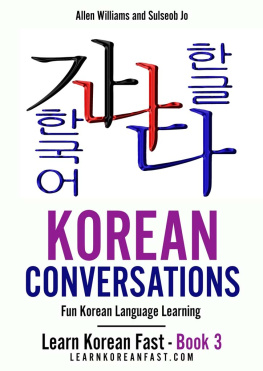

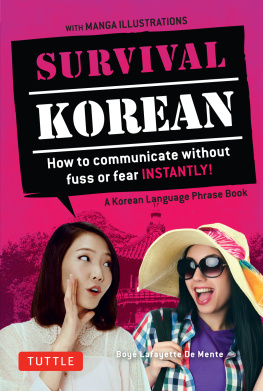
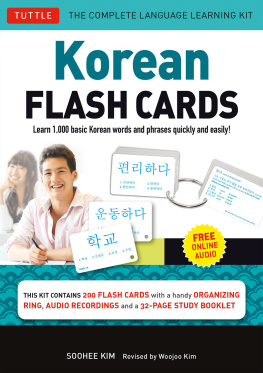
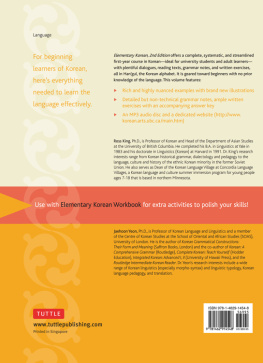

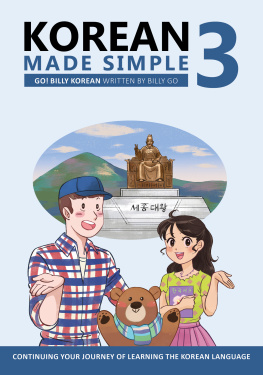

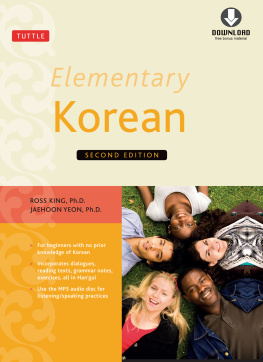
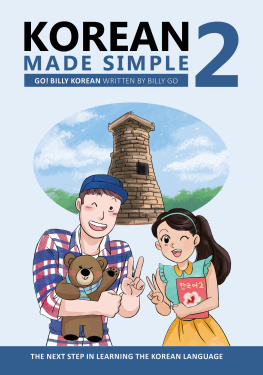

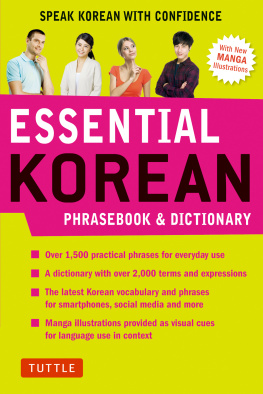


 PUBLISHED BY: PowerMeUp Publishing Copyright 2012 LearnKoreanFast.com ISBN 978-4-907477-06-6 ISBN 978-4-907477-09-7 (e-book) All rights reserved. No part of this publication may be copied, reproduced in any format, by any means, electronic or otherwise, without prior consent from the copyright owner and publisher of this book. The conversations here are all a work of fiction. All characters, names, places and events are the product of the author's imagination or used fictitiously. ____________________________________________ Table of Contents IntroductionNOTE: This is Book 2, and contains conversations 17-32These books may be studied in any order Skip this at your own risk! All study is not bad. However, much of it is boring, and worse, a waste of time.
PUBLISHED BY: PowerMeUp Publishing Copyright 2012 LearnKoreanFast.com ISBN 978-4-907477-06-6 ISBN 978-4-907477-09-7 (e-book) All rights reserved. No part of this publication may be copied, reproduced in any format, by any means, electronic or otherwise, without prior consent from the copyright owner and publisher of this book. The conversations here are all a work of fiction. All characters, names, places and events are the product of the author's imagination or used fictitiously. ____________________________________________ Table of Contents IntroductionNOTE: This is Book 2, and contains conversations 17-32These books may be studied in any order Skip this at your own risk! All study is not bad. However, much of it is boring, and worse, a waste of time.